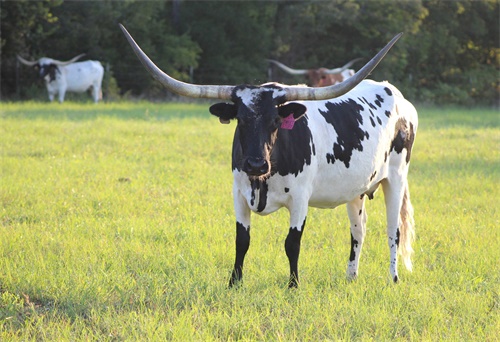Animal B super total gain coarse adjustment: it controls and adjusts the total gain range of the receiver, independent of distance, and is commonly used for initial gain adjustment.
Animal B super near-field gain adjustment: it only independently adjusts the echo signal of the first few centimeters near the surface of the transducer, which is mainly used to attenuate the large echo signal in the near field range and the near-field effect of the transducer. The operating distance beyond the near-field gain is handled by delay regulation.
B ultrasonic delay adjustment: used to determine the time gain compensation start time, that is, the actual start of the interval.
Animal B super slope adjustment: the gain effect can be controlled by slope adjustment, gain compensation rate, can make the gain gentle or sharp rise.
Animal B hypercurvature adjustment: Since the echo decays exponentially with distance, if this attenuation is to be affected, the gain must be increased according to the law of number. The effect of curvature adjustment is to change the rate of change of the gain, which can be adjusted to smooth or curve up, or in some cases down.
Animal B ultra far-field gain adjustment: is an independent control knob similar to near-field gain, which can enhance or suppress very long distance echoes.
Veterinary B-ultrasound enhancement adjustment: can enhance the echo pulse or pulse wave group on some specified intervals. This can be represented by a rectangular pulse attached to the gain function, which allows the operator to give additional amplification at a certain depth. The amplitude of the pulse represents a large number of additional magnitudes, the duration of the enhancement represents the interval of the enhancement, and the enhancement delay controls the beginning time of the enhancement.








